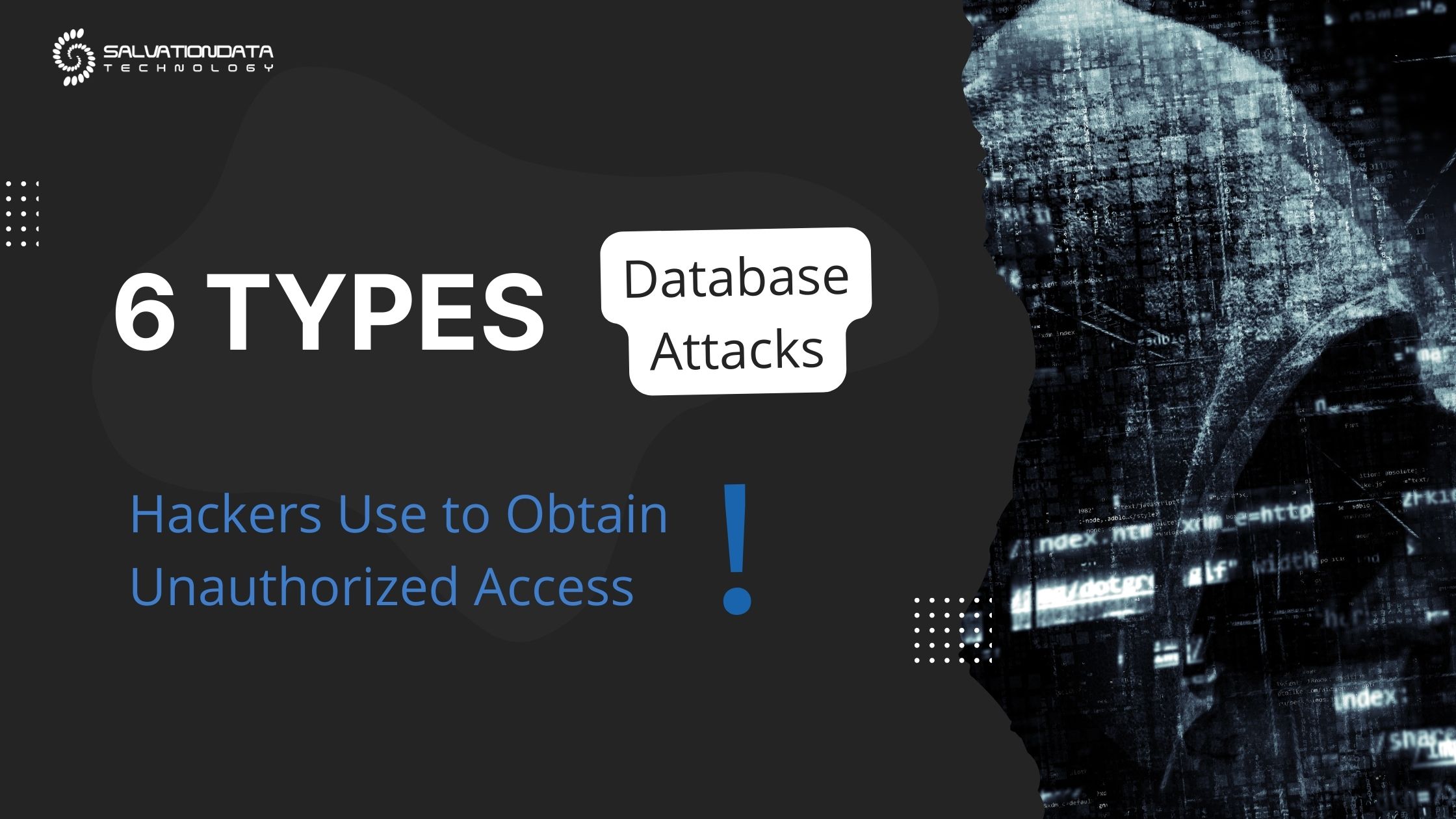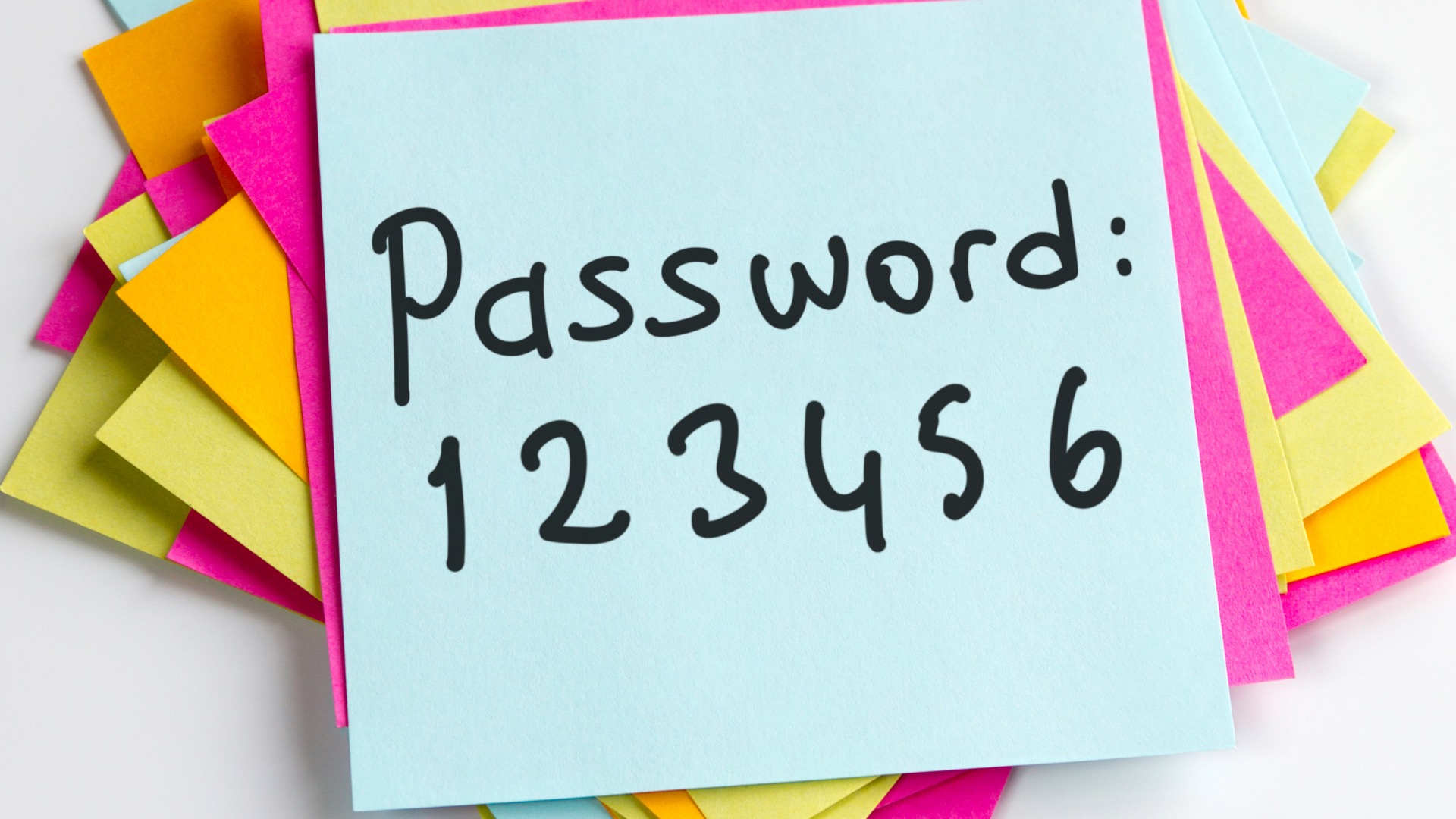Modern-day hackers are truly a force to be reckoned with, so much so that skilled database hacks can be in and out without the administrator even noticing. As a result, many databases remain compromised for ages. Since databases tend to store data of sensitive nature, saying this is merely a nuisance to deal with would be a gross understatement.
Worse yet, sometimes the database hackers get in not due to their above-average hacking abilities, but because the webmasters employ poor cyber security practices such as having a weak password in place, failing to install updates regularly enough, or misconfiguring the database settings, all of which opens the door wide open to a potential cyber attack.
On the flipside, even if the database is configured correctly, as much as 20,000 connections may be trying to access it at the same time, so even with proper software, it’s next to impossible to know what each of them are doing. Couple this with the fact than an organization could have hundreds or even thousands of databases active at any single time, and the last remnant of hope is lost – getting things under control remains nothing but a distant dream.
Too often, all a hacker needs to do is take advantage of someone’s laziness, lack of care, or lack of education.









